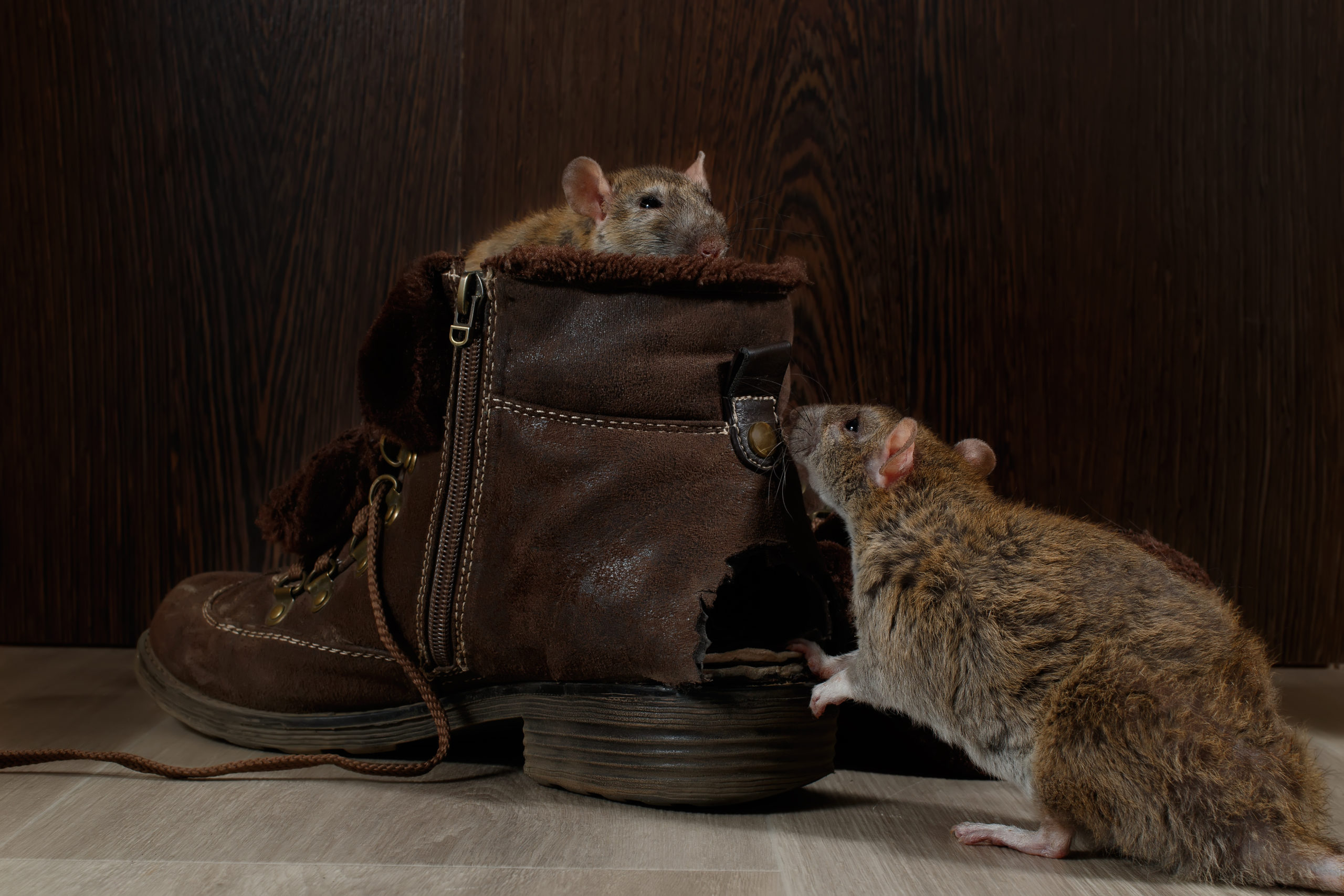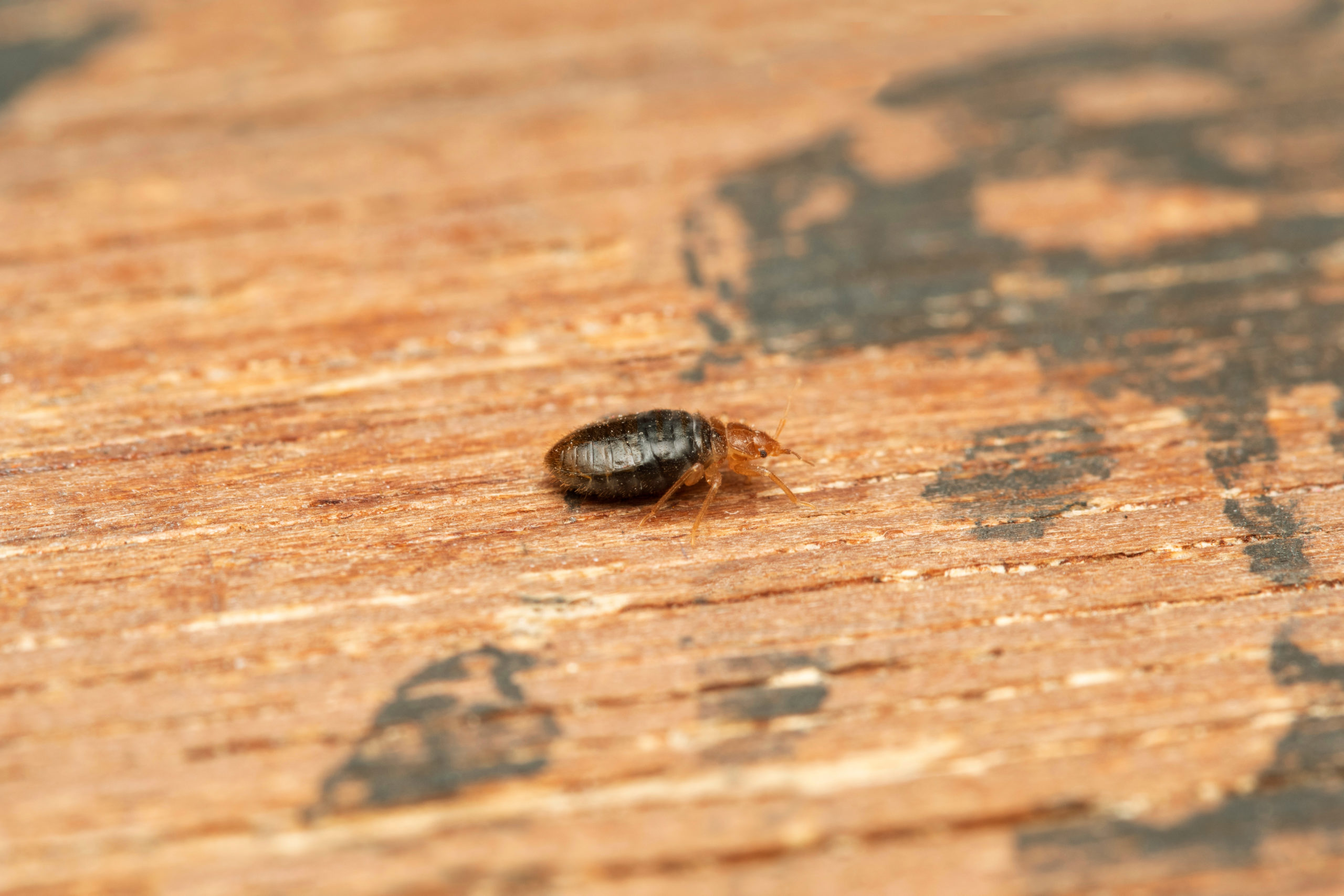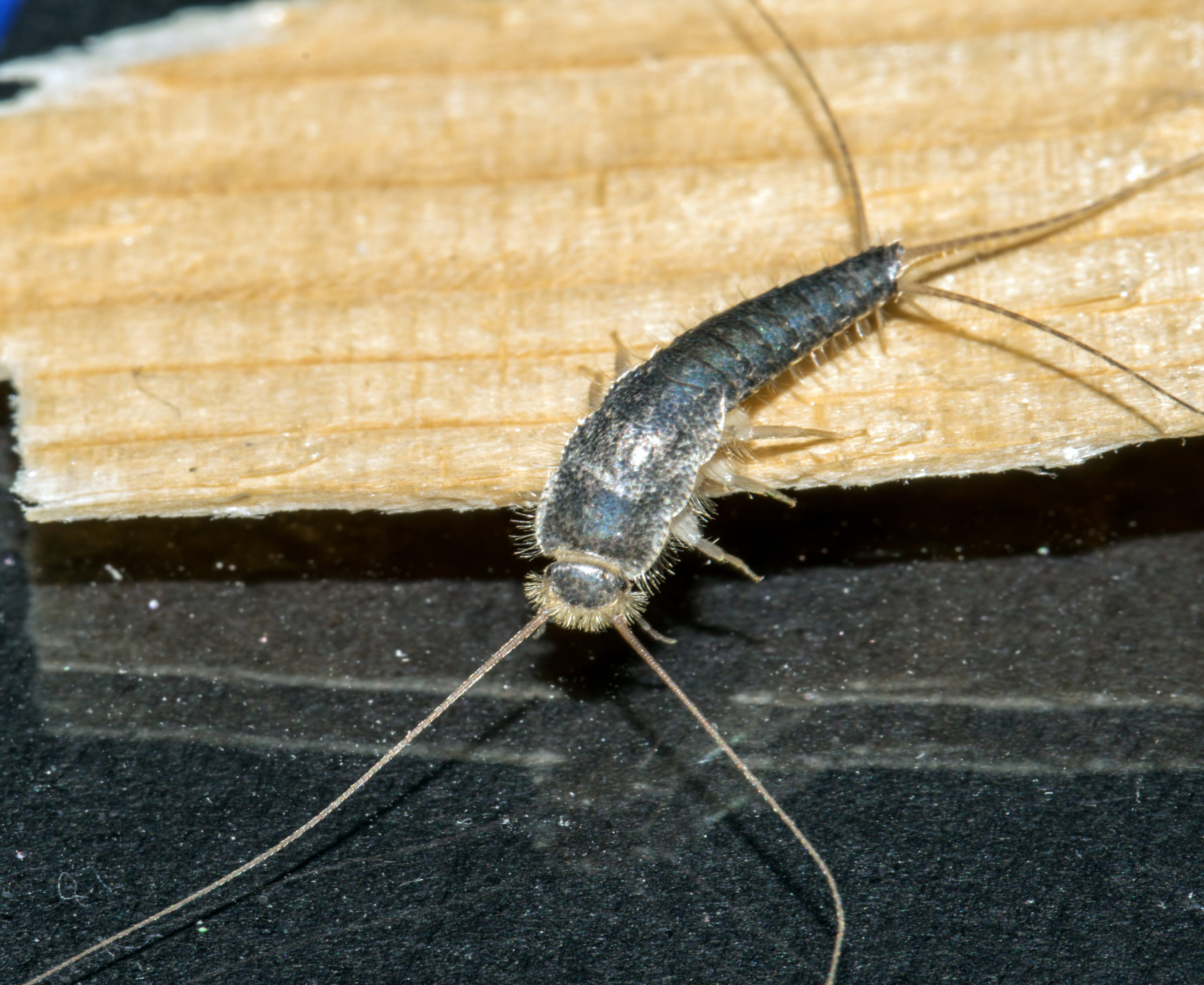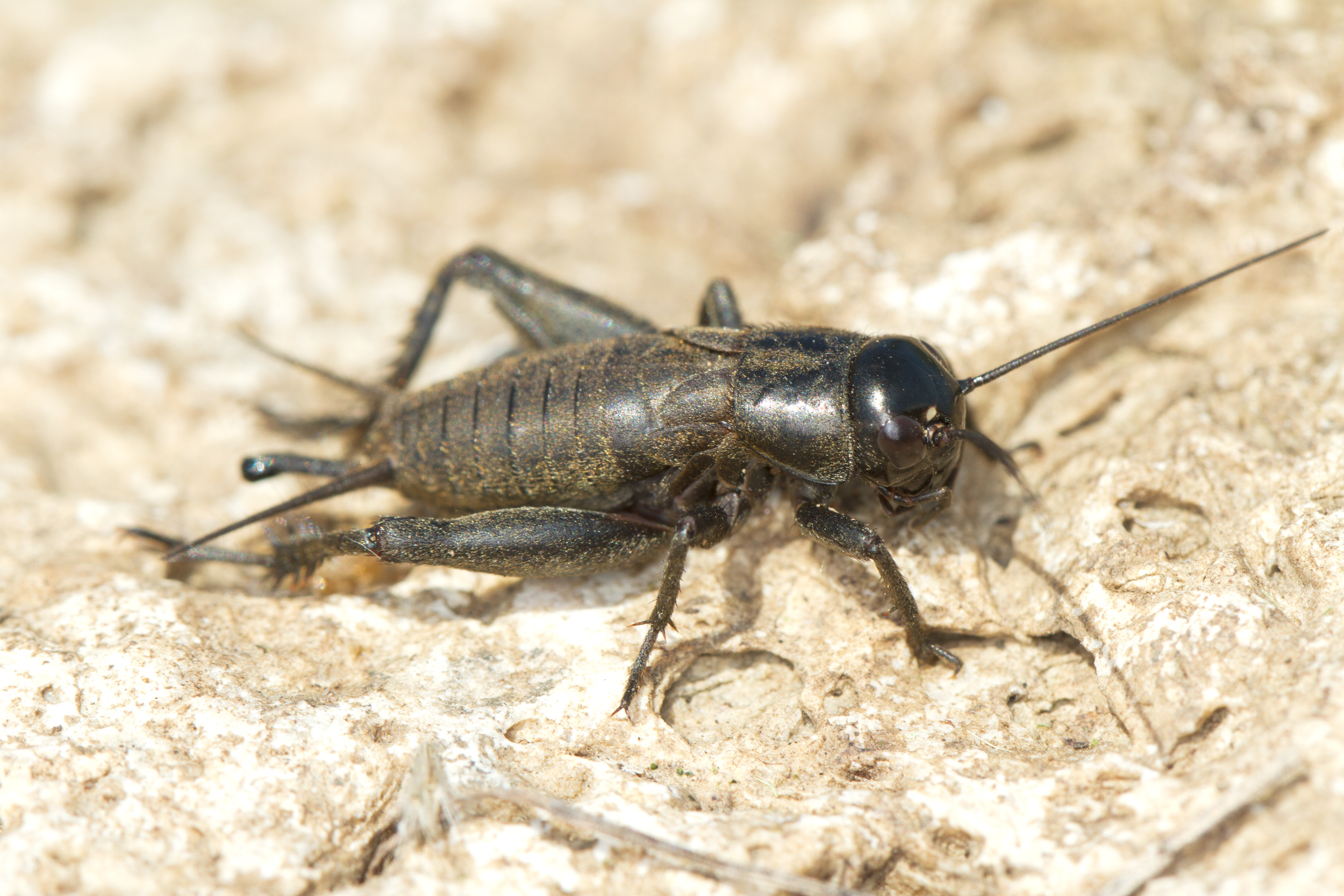“There’s a Pest in My Boot!” – 5 Pests Found in Winter Boots
“There’s a Pest in My Boot!” – 5 Pests Found in Winter Boots
When we think of pests invading our homes, the common invasion spots come to mind, like the kitchen and the garage. But there are plenty of random items and appliances that pests can use as hiding spots and food sources, depending on the species. One such place that has plenty of options is our closets, as our clothes, papers, and clutter are the perfect habitats for all kinds of small pests. Specifically, our shoes can house pests if the shoes are not worn all the time. As winter boots are becoming an essential accessory once again, there are a few pests that tend to live in these sturdy shoes when they are not being used to protect our feet from the snowy walkways.
Spiders

Spiders are the number one culprit on this list for invading boots. Since they favor any shelter that is warm and dry, boots are right up their alley. Spiders need to have access to food daily, so they will only live somewhere that is close to their favorite food: insects. Since spiders are so independent, they can go unnoticed when they live alone in an untouched boot. As far as pests go, spiders are not the dirtiest or scariest pests out there, so it is not the worst case scenario if they stay in the unused shoes. That is, until we try to put the shoes on as we’re rushing out the door…
Spiders want nothing to do with us even more than other pests, so we don’t have to worry about them hunting for us in their search for food. But if we accidentally touch them when we put on the inhabited boot, the spider will bite in self-defense if it is not squished first. Most spider bites are essentially harmless to humans, so it is not an immediate medical emergency. You may feel a pinch and the spot can turn red and irritated relatively quickly, but it will go down after a day or so with medicated ointment. However, there are two spiders that you do not want to be bitten by: the brown recluse and the black widow. Both of these could hide in winter boots if the shoes are undisturbed long enough, especially the brown recluse. This ugly spider likes to hide in between actively hunting its prey, and an empty winter boot is the perfect spot. Black widows prefer to be in dark areas that have access to the outdoors, like in the garage or basement. The way to differentiate a black widow’s web from any other spider’s is to look for little white clumps; these are egg sacs, which only the black widow leaves in her web until they hatch. The venom from either of these bites are enough to put a human in the hospital if left untreated. If you have been bitten by a black widow or brown recluse, please seek medical attention immediately.
Rodents

It may seem strange to include rodents on this list since you would definitely notice a rat or mouse in a boot, but the key here is if the boots are untouched for months. Both pests are nocturnal and like to live in a warm shelter as they grow their families, especially in the winter. They would prefer to live in between walls or another completely unnoticed place, but rodents will settle for stagnant boots, at least temporarily. They hide in a warm shelter during the day and go out to scavenge for food and water at night, which could be close by depending on the location of the boots.
Unfortunately, the places where winter boots are more likely to sit out are the locations of common rodent invasions. The garage is often where people find droppings and other evidence of rodents, and closets have plenty of corners and hiding spots if there is enough clutter within. House mice are (obviously) found inside the house more often than other rodents, and are one of the smallest common rodents that homeowners find in their homes. They weigh about half an ounce, and have round ears and a long tail. Since they are so small and like to be as warm as possible, it makes sense that house mice would be found in undisturbed boots. The good news is that you would know that your boots have mice as soon as you picked one up, since the pests would start scrabbling and squeaking earnestly. The bad news is that rodents are some of the most dangerous pests in terms of the diseases they carry. They can spread them directly or indirectly through their bites, droppings, urine, and feet. If you have a rodent issue, thoroughly sanitize any area that they have travelled and contact pest control immediately.
Bed Bugs

Despite their name, bed bugs don’t need to stay in our beds to survive. They can actually go several months without eating if the conditions are right. But they do like to live near their food as much as possible, which is warm blood from a mammal. Bed bugs can survive in just about any kind of tight, secluded space indoors where they will not be found by potential predators. They are positively thigmotactic, meaning they can compress every part of their bodies, including the organs, to fit in the tiniest of spaces. However, their achilles heel (which they don’t have, since they don’t even have ankles) is that they cannot fly. So, bed bugs need to hitchhike on a fabric-covered item to get from place to place. It can be clothing, luggage, backpacks, or even used furniture. They can even hide in the gaps and folds of shoes, which some winter boots have if they include laces.
Bed bugs may not survive in the garage if that is where your winter boots are stored, but an indoor closet is a whole different story. Bed bugs can hide in the stagnant winter boots that are tucked inside the closet, giving them more warmth and protection in between meals. It is even better for them if that closet happens to be in a bedroom or near the living room, as this puts them even closer to us and our blood. The house conditions can’t be too warm or too cold in order for the bed bugs to live, and the females need to feed continuously in order to keep laying eggs. If their hiding spot in the boots are too isolated from us, the bed bugs will eventually die off. But if they are able to feed on us and reproduce, a serious infestation can occur. Check the crevices of your boots for any bed bugs if it has been a while, and contact pest control if you start waking up with new red bites every morning.
Silverfish

Speaking of nocturnal pests, silverfish also do their feeding and scavenging in the dead of night. They like anything with protein or cellulose, such as meat, glue, paper, cardboard, and even other silverfish. Silverfish like to live in a place that has consistent moisture and darkness, as they try to stay out of the light as much as possible. They want even less to do with us than spiders, but silverfish have the added benefit of not biting us when they are found. Silverfish may not live in our boots as long as other pests due to the lack of moisture, but it does put them near their preferred food and shelter options.
These pests are often found in attics, garages, and basements since these places have their preferred conditions. If the winter boots are stored in these rooms most of the year, the silverfish can use them as temporary shelters until they and find something more damp. While they don’t eat anything on our boots, they enjoy many of the items that can surround the shoes depending on where they are. For example, if the boots are in the basement and surrounded by cardboard boxes and random stacks of books, the silverfish have a full buffet available to them when they come out of hiding. Since silverfish are harmless to us, the only real consequence of unknowingly putting on a boot with one inside is a feeling of discomfort and a potentially traumatizing memory of the experience. Shake each boot before putting them on if it has been a while, and look for any small bite marks or holes in the papery items surrounding the shoes if you think there may be silverfish in the room.
Crickets

If crickets are in your winter boots, it is because they took a wrong turn and ended up inside your home by accident. Crickets only like to live outside, so they never choose to invade our homes, even when it’s cold. They prefer fields, lawns, meadows, trees, and caves because of their diets. They live off of plant material and organic matter, which is only really found outside. The chirps that we hear during the summer is the male crickets trying to find a mate, which they do by rubbing their front wings together in stridulation.
Since crickets are not trying to come inside, the most common way they inadvertently enter is by jumping through an opening. If the front door or sliding door is left open when the interior lights are on, the cricket can hop inside, mesmerized by the bright lights. They can venture into a closet in their search for dark shelter from any of us, which puts them in direct contact with our clothes and shoes. They will chew on any clothes with stains, leaving behind tiny holes if they chew a little too much on the organic stains. If the cricket is left alone long enough, it may decide that the inside of the winter boots is the perfect spot to hide out and rest in between feedings. If it chirps to find a fellow cricket, you will definitely know there is a cricket inside. But if it stays silent out of fear, you may not find it until it either jumps out of the boot or dies. Once again, shaking the boots first is the most effective way to ensure that you will not step on a cricket and feel a sickening crunch when you are just trying to be prepared for the weather.
Give Pests the Boot With Green Pest Services!

Despite the fact that these pests have been found in winter boots, you don’t have to carefully check every pair of your shoes while getting ready in the morning. Pests like to be undisturbed in general, so they will not willingly invade shoes or clothing that is constantly moved around and used. But for any kind of boots or closed-toed shoes, it wouldn’t hurt to shake them out a little before putting them on. It is especially helpful to do this if the shoes have been in the garage or outside at all, or if they have not been worn in months. Also, storing seasonal shoes in a plastic container and keeping them off the ground are the best ways to ensure they remain pest-free when you’re not wearing them constantly.
No matter which shoes you choose to wear today, there is still the risk of pests invading your home and yard. They are looking for a warm shelter this time of year, especially one that has food and water like our houses do. This is why our experienced technicians are here to provide customized pest treatments for you in every season. We only use eco-friendly treatments in order to keep your family and pets safe without compromising the efficacy of the solutions. Contact us to learn more about our efficient services, as well as how we can keep the pests out of your boots and home long after winter is over.
Citations
5 quick steps to keep bugs out of closet, forever. (n.d.). How to Murder Pests. Retrieved December 13, 2022, from https://howtomurderpests.com/how-to-keep-bugs-out-of-closet/
Carter, L. (2020, December 15). How do I get bugs out of shoes?. Bed Bugs Insider. Available at https://www.bedbugsinsider.com/how-to-get-bugs-out-of-shoes/ (Accessed on December 13, 2022).
Coleman, K. (2021, September 20). Never put on your shoes before doing this, spider experts warn. Best Life. Available at https://bestlifeonline.com/shoes-spider-news/ (Accessed on December 13, 2022).
Lupo, L.J. (2022, January 31). Common winter pests and how to control them. The Spruce. Available at https://www.thespruce.com/keeping-out-pests-in-winter-2656680 (Accessed on December 13, 2022).
Silverfish. (n.d.). Pest World. Retrieved December 13, 2022, from https://www.pestworld.org/pest-guide/occasional-invaders/silverfish/
Vila, B. (2015, November 16). How to avoid a winter pest invasion. Pest World. Available at https://www.pestworld.org/news-hub/guest-columnists/the-winter-pest-invasion-defend-your-home-against-an-overlooked-threat/ (Accessed on December 13, 2022).

